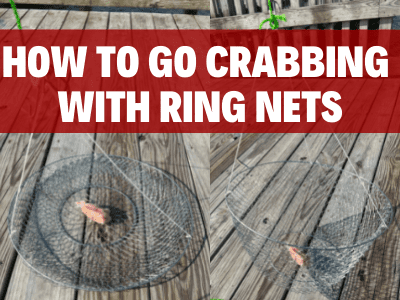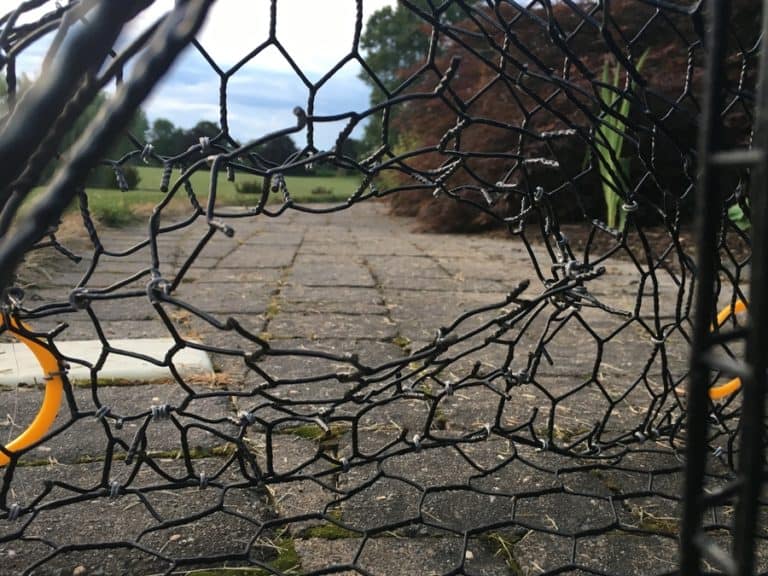What’s the Yellow Stuff inside a Crab?
I’ve been eating crabs all my life and there’s always discussion about the yellow and orange stuff in crabs. I call it the mustard, a name I picked up from my mom, and I love the stuff.
I never knew exactly what I was eating so I did some research. The yellow stuff inside a cooked crab is the crab’s hepatopancreas. This is a gland inside the crab that works to produce digestive enzymes and filter impurities from the crab’s blood, similar to our body’s digestive system.
After that quick answer, I’m still not convinced. What is it exactly? And is it safe to eat? Let’s look into this and more.
What is it?
Let’s say you’re at a crab feast or just eating a crab in general. If you pull off the crab’s apron with a piece of silverware, then pry off the top of the crab’s shell (also known as the crab’s carapace), you’ll be greeted with some slimy lungs and guts.
We don’t want to eat those parts of the crab. The lungs act as a filter for toxins and pollution in the water, which is the last thing we want to eat. The guts are just as bad. Scrape them away with a knife or spoon, and you’ll be left with the crab meat and the yellow “mustard”.

Whenever I went to a crab feast as a kid, I was told it was the crab’s fat or just mustard, then went on eating without a care in the world. I’ve also heard people call it the crab’s guts (which isn’t too far off), and even crab poop! Yuck!
As we went over, it’s actually the crab’s hepatopancreas. This mouthful of a word acts as the crab’s disease or germ-fighting organs.
Firstly, it acts similar to our body’s pancreas. It produces digestive enzymes which help break down any toxins the crab consumes from its healthy diet of algae, dead animals, and even other crabs in our polluted rivers. It’s a wonder that we eat these things!
The hepatopancreas also works as the crab’s blood cleaner, similar to our body’s liver. As blood travels through the crab’s body and the hepatopancreas, it will filter out any impurities found in the blood. This keeps the crab alive and healthy to go on being a crab.
Now that we know the hepatopancreas, or mustard which is much easier to say, is basically a filter that catches all the toxins in the crab’s body, is it even safe to eat? Let’s look into it.
Is it safe to eat?
This is where things get a little disappointing. According to www.bluecrab.info’s article on the topic, the crab’s mustard has been known to contain small chemical contaminants that can cause cancer.
These contaminants are known as polychlorinated biphenyls (PCBs for short), Dixon, mercury, and other poisonous parts of the crab. They’re small, flavorless, colorless, tasteless, and have been known to accumulate in the crab’s fatty tissues and, in this case, hepatopancreas.
Unless you’re below the age of five, or a women at childbearing age, this shouldn’t be an issue for you. This is mainly a threat to developing children either in the womb or at a very young age.
My advice: don’t feed crab mustard to children under 5. This shouldn’t be a problem; they’ll most likely be too grossed out by the idea to eat it. I know I was.
The best way to avoid developing any sickness is to eat crabs in moderation.
It’s recommended that you don’t eat the mustard of more than six blue crabs per week.
However, not all crabs are risky business! Only crabs caught in advisory areas, or polluted waters, are a notable threat.
If you’re going crabbing, be sure to check with your state’s local DNR website for maps or updates on restricted waterways. If you’re buying crabs, make sure it’s a reputable shop that fishes in clean waters. It’s ok to be a naggy customer and ask where the crabs were caught.
In conclusion, if you are concerned with your health I don’t recommend eating the crab’s yellow mustard.
A Quick Crabbing Tip
I eat at least 4 decently-sized blue crabs at a meal, and I’m not alone! When going crabbing, it’s important to keep a goal in mind for how many crabs you want to catch. Whether you’re catching a meal for one, or a large group, I would suggest buying some steamed crabs just in case your crabbing trip goes south. There’s nothing worse than not having enough crabs for a crab feast! I struck a deal with Cameron’s Seafood, a nationwide seafood distributor based in Maryland. Click this link and use the promo code “WELCOME” for $10 off your first purchase.
Disclaimer: Crabbinghub will receive a small commission for any purchase we referred to Cameron’s Seafood at no extra cost to you. Thank you for supporting Crabbinghub.com.
Takeaway
I don’t want to scare you off from the idea of eating crab mustard. Some people love its strong taste and consider it a delicacy, and some do not. It’s obvious after doing some research that it isn’t the healthiest thing in the world, but it adds to the experience of a crab feast.
I remember learning how to clean crabs as a kid during my neighbor’s annual crab feast surrounded by friends and family. The mustard was gross at first, but a few years later I’ve come to love it.
After doing research for this post I’ll definitely cut back on eating the stuff. Just remember we’re eating crabs, which aren’t very clean animals, to begin with.
I’m not telling you to eat anything you’re uncomfortable with, and this is totally your decision. Eating crabs is supposed to be an enjoyable part of the summertime, not something to stress about.
Just be sure to keep an open mind and don’t be afraid to try new things.
Related Questions
Can you eat Dead Man’s Fingers?
Dead Man’s fingers, also known as dead men on a crab, are the crab’s lungs. They work as a filter for any harmful substance in the water, which causes unhealthy sentiments to build up there. For your own health I do not recommend eating dead men’s fingers.
Why does a crab’s shell turn redish orange after it’s cooked?
A crab’s shell turns red-orange after its cooked. When the crab’s shell is cooked, the green, blue, and brown pigments you see on the
The red pigment is also known as Astaxanthin, a common red pigment found in most crustaceans. This is why lobsters and shrimp will turn red after they are cooked.






